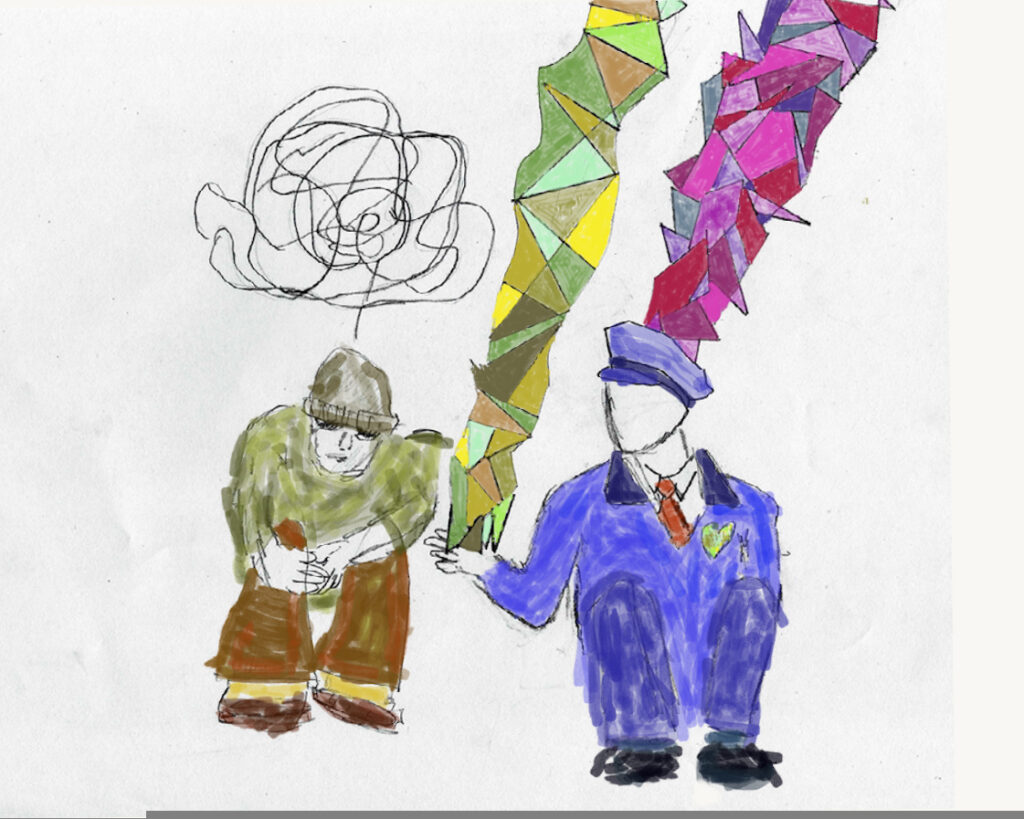
This summer, from the streets to the top headlines, protests for massive police reform shook the country. Now more than ever, efforts to bridge the gap between social services and the criminal justice system are taking the spotlight.
In Seattle, protesters created a police free zone in Capitol Hill called CHOP, Capitol Hill Organized Protest Zone, capturing national media attention and drawing ire from police. The movement behind CHOP called for fundamentally different ways of reducing crime with a greater focus on social services. It called for radical budget redistributions to police departments across the country.
The fight for police reform started long before this summer. The Law Enforcement Assisted Diversion or LEAD, is originally a Seattle-based program started in 2011. It has now spread nationwide, coinciding with more modern movements to defund the police.
Political movements to defund the police have some similar goals as LEAD, but drastically different approaches to what many consider broken systems. An important difference between LEAD and other criminal justice reform movements is that it works directly with law enforcement to enact change. They are a non-profit and do not seek aid from police funds for their services.
According to King County, LEAD “connects people with intensive case managers who can provide crisis response, immediate psychosocial assessment, and long term wrap-around services including substance use disorder treatment and housing.”
At its core, LEAD is about social services; the “diversion” part of LEAD. Separate from LEAD but well aware of its type of work, Washington Public Defense Attorney Sather Gowdy says, “About 70% of my clients have mental health issues. Jail is not going to help them. If we can incorporate social services and help them that’s the way to go.”
Separate from LEAD, but embedded in the criminal justice system, are mental health courts. Gowdy explains them as courts that work with judicial staff as a team to get those in need of mental healthcare their appropriate care rather than what happens in a typical courtroom trial setting. But these courts don’t do nearly enough.
Gowdy says not many seen by LEAD or public defenders receive this care. Of the seven to ten people Gowdy has recommended for this type of court over the last three months, only three of them have been able to go through this type of court due to lack of funding and high costs for the offenders.
Unlike LEAD, mental health courts are a step away from police to offender contact. Mental health courts are also funded differently, unlike the movement to defund the police in way of social services.
Managing Director of LEAD Snohomish County Ashley Dawson says that while she appreciates how the protests for criminal justice against police conduct have opened the discussion, she affirms that LEAD is a tool for the officers.
She goes on to distance LEAD from the movement to defund the police: “We are supporting the police” and not taking funding away from them. Funding for LEAD comes through direct grants.
Roosevelt High School Sophomore Sam Ross says, “I think it’s better to partner with organizations [like LEAD than to defund the police] because organizations like that could have a big impact on the criminal justice system.”
While not denouncing it entirely, Ross does not fully support the movement to defund the police. He states that though he certainly sees, “a group that would benefit more from social services,” he does not believe that “defunding the police” is the best way to support those in need.
Gowdy says that while movements like Defund the Police, which he tentatively supports, have gained momentum in large, liberal cities only success there can lead to national police reform. Differently, LEAD, instead of making nationwide ripples, is actively working to support small-time offenders in need.
LEAD members and police associates seek people for their program, often on the street, with small charges like property crimes and theft. Dawson refers to the crimes committed by those in her program as “survival crimes,” like theft from a grocery store or loitering because someone has nowhere else to go.
LEAD most often helps recovering and struggling addicts, those with mental and behavioral health issues, and the homeless, in an estimated age range of 30-60. She says a lot of people have been let down by systems like the criminal justice system and medical system, which she says many consider broken.
As a public defender, Gowdy works with the same people LEAD reaches; those struggling with mental issues, drug abuse, and other low-level crimes often characterized by poverty.
Gowdy says, “There’s a general trend that if you’re poor, uneducated, or of a minority status the criminal justice system is. . . [much harsher] for you.” Gowdy says, “We need to find a way to stop underlying issues that cause these issues.” that predominantly affect those of low socioeconomic status. What Gowdy and many recognize is, “if we can get as many diversionary programs [like LEAD]. . . we can decrease recidivism [relapse into criminal behavior] rates astronomically,” he states.
Change among policing policies, the underlying criminal justice system, and the social service systems between them is unignorable and well-backed.
Gowdy, Dawson, and Ross conclude that more accommodation is necessary. The message for reform resonates with the vast majority of Americans; according to a 2017 ACLU poll, 91% of Americans support criminal justice reform.
While the discourse around how to pursue change persists it is an issue undeniably present for millions of Americans.
